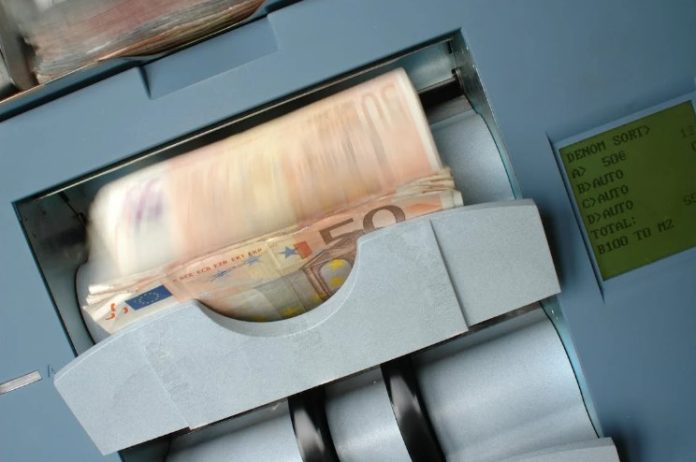The financing contracts for three tourist and cultural routes included in Component 11 – Tourism and Culture of the National Recovery and Resilience Plan: the route of castra, the route of castles and the route of fortresses, included in the Attractive Romania programme, through which investments of over 100 million euros will be made in 225 objectives included in 12 cultural routes, were signed on Wednesday, informs the Ministry of Investments and European Projects in a press release, according to Agerpres.
„If we think that today we are signing the first contracts from the Attractive Romania programme, through which we finance with European funds Romanian objectives that are also part of the UNESCO World Heritage List, we can say that it is truly a historical moment. It is a moment of reference for national culture, because we make it an important objective to contribute to economic development at the local and national level, with social and environmental benefits, for a sustainable cultural tourism. The investment contracts we are signing today, worth 45 million euros, will add facilities for research activities and will enable the organization of exhibitions and cultural activities in the modernized locations,” said Minister Marcel Bolos, at the signing ceremony.
The objective of this investment is to increase the attractiveness of the selected tourist destinations following the development of 12 thematic tourist/cultural routes in the disadvantaged rural areas of Romania and the creation of new jobs in the tourism industry.
By establishing the Route of the Roman Castra, Romania joins the European family that values the Romanian heritage. The Danube limes and that of the province of ancient Dacia are part of the most complex and longest portion of the border of the Roman Empire on the territory of continental Europe. Two sites from Ulpia Traiana Sarmizegetusa, the western Hunedoara County, are financed, along with the Roman fort from Bologa, central-western Cluj County, and the fort from Arutela, southern Valcea County.
The castle route, for which 22.25 million euros is allocated, reunites the most representative castles in Romania and aims to recreate the historical atmosphere through the use of virtual reality technology as well as the restoration of five castles: Teleki (Mures County), Urmanczy (Harghita County), Corvinilor (Hunedoara County), Beldy (Cluj County) and Kalnoky (Covasna County).
The tourist route dedicated to the fortresses aims to restore five Romanian fortresses in order to promote them in an integrated way with other historical fortresses in circuits that will attract tourists from the country and abroad. The Citadel of Sighisoara (centre) will be restored, with works to restore the walls of the citadel, the Dacian Citadel from Sarmizegetusa, the Citadel of Oradea, the Citadel of Brasov, the Coltesti Noble Citadel.
The 12 cultural routes included in the Attractive Romania programme are: Castle route – 30 promoted objectives, five restored castles; The route of the curias of Transylvania – 25 promoted objectives, five restored curias; The route of the cornered cellars – 15 objectives promoted, five cornered cellars restored; The route of traditional Romanian gastronomy – 30 promoted objectives; Route of fortified churches – 20 promoted objectives; Wooden churches route – 30 promoted objectives, 10 restored churches; The route of the monasteries in the Moldavian area – 30 promoted objectives, five restored monasteries; Saint Ladislaus route on the territory of Romania – 20 promoted objectives, five restored objectives; Route of the Roman camps – 20 promoted objectives, five camps restored; Route of the citadels – 30 promoted objectives, five restored citadels; Restoring the cultural landscape of the Danube Delta in order to increase the area’s attractiveness – 30 promoted objectives, 30 restored objectives (households); Route of villages with traditional architecture – 20 promoted objectives, 150 restored traditional houses from the 20 villages with traditional architecture.
Component 11 – Tourism and Culture from PNRR, through which these investments are financed, has a total allocation of 449 million euros.
Also for Component 11 of the PNRR, six financing contracts for the establishment, restoration and modernization of museums and memorial houses, with a value of 35 million euros, were signed at the MIPE headquarters a few days ago.
Agerpres


